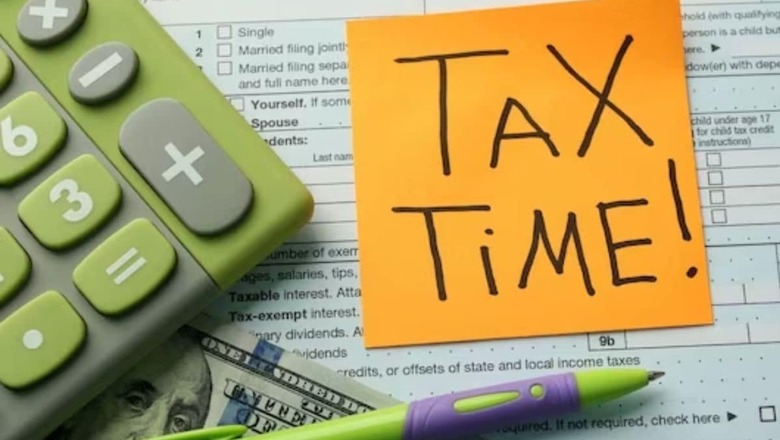
views
Filing an income tax return is mandatory for those earning above Rs 2.50 lakh in a year. Though the ITR is filed once a year, the income tax is deducted from your salary on a monthly basis — called ‘Tax Deducted At Source’ or TDS. The TDS is deducted from your salary by your employer based on your income tax slab and your income planning for the year. However, the final tax liability is known only at the time of filing ITR. If your final tax liability is lower than your total TDS during the year, you will get a refund. If liability is higher, you will have to pay the difference.
Things To Keep In Mind To Avoid Income Tax Refund Failure Or Delay:
Inaccurate or Incomplete ITR
If you have filled your ITR and missed out on any mandatory info, the ITR will not be processed and your refund will be delayed. It mostly happens in offline ITR where many a times people neglect to provide important details like PAN or forget to sign their tax forms.
Wrong Bank Account
If your bank account details are inaccurate, your refund will be delayed. For instance, if your name in your PAN and in your bank details are different, the ITR will not be refunded. If your PAN says, let’s say, ‘Rahul Kumar’, then your bank account must also have ‘Rahul Kumar’ as the name.
Suspected Tax Data
If the tax authorities notice any suspected activity in your income tax return, your tax refund will be withheld and thus delayed and will be released only after the case is satisfied. This might also take several months as it also requires a thorough examination.
Any Speficic Tax Credit Claim
If you claim any specific tax credits, your refund might get delayed as the tax authorities will authenticate the precision of your claim.
Generally, it might take 2-6 months to receive the income tax refund. However, the time has now been reduced significantly to 15 days. Last year, the average refund waiting period was 15 days.
How To Check Your Refund Status
A Step-By-Step Guide To Check Income Tax Refund Status:
Step 1: Visit the E-filing portal.
Step 2: Scroll down the ‘Quick Links’ section till you see ‘Know Your Refund Status’. Click on it.
Step 3: Fill in your PAN number, assessment year (2023-24 for the current year), and mobile number.
Step 4: You will get an OTP. Fill in the OTP in the given place.
Now, it will show the income tax refund status. If there is some issue in your ITR bank details, it will show: ‘No Records Found, please check your E-filing processing status by navigating through e-File – > Income Tax Returns – > View Filed Returns’.
As of July 13, 2023, about 2.34 crore ITRs have been filed for the assessment year 2023-24. Of these, around 2.17 crore income tax returns have been verified so far, according to the income tax portal. So far, 84.84 lakh verified ITRs have been processed for the assessment year 2023-24.
There are around 11.29 crore individual registered users.
The last date to file your ITR AY 2023-24 is July 31. People are advised to file ITR now to avoid the last-minute rush. There are around seven types of income tax forms. Each form is different and is for a particular type of tax filer. You must know which form is appropriate for you, so that any income tax notice can be avoided in future. For those having only salary income, they can file it using ITR-1, while those having other sources of income need to use other forms to file ITR.
PAN card, Aadhaar card, Form 16, Form 16A, 16B, 16C, bank statement, Form 26AS, investment proofs, rent agreement, sale deed, and dividend warrants may be required to file the income tax return.
Form 26AS can be downloaded from the income tax portal. It is an annual tax statement like a tax passbook that has details of the taxes deposited and deducted with the government against your PAN.



















Comments
0 comment